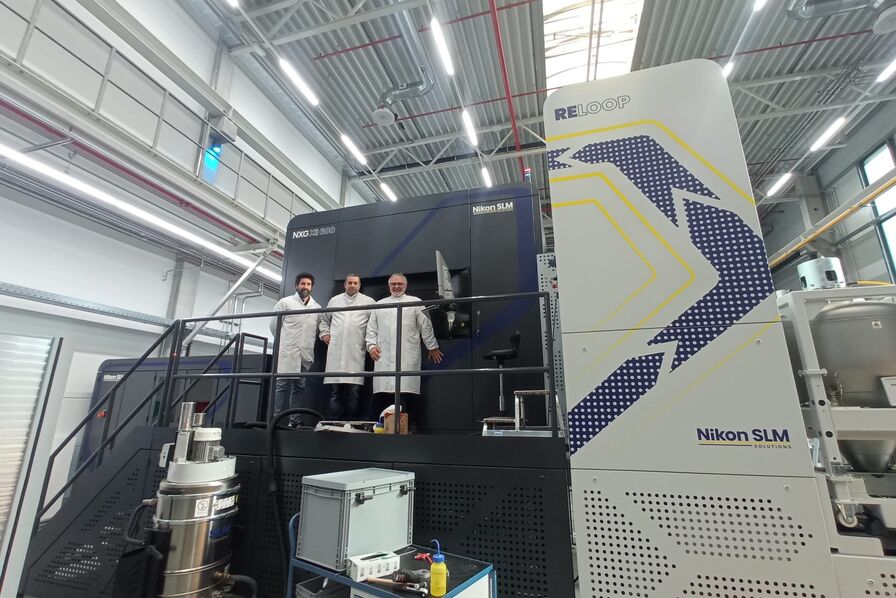Nuclear Innovation: Phoenix Manufacture Fuels NAAREA's Compact Reactor Revolution

In a groundbreaking collaboration, NAAREA and Phoenix Manufacture are transforming the nuclear energy landscape through cutting-edge metal additive manufacturing technologies. This innovative partnership is set to revolutionize reactor design and production, promising unprecedented efficiency and precision in nuclear reactor industrialization.
By leveraging advanced 3D printing techniques, these pioneering companies are breaking traditional manufacturing barriers. Their approach allows for complex reactor component designs that were previously impossible or prohibitively expensive to create using conventional manufacturing methods.
Metal additive manufacturing enables unprecedented design flexibility, reducing production time and material waste while enhancing the structural integrity of critical nuclear reactor components. The collaboration between NAAREA and Phoenix Manufacture represents a significant leap forward in nuclear technology, potentially accelerating the development of safer, more sustainable energy solutions.
This technological breakthrough not only streamlines reactor production but also opens new possibilities for more compact, efficient, and adaptable nuclear power systems. As the world seeks cleaner and more innovative energy technologies, this partnership stands at the forefront of a potential nuclear manufacturing renaissance.

